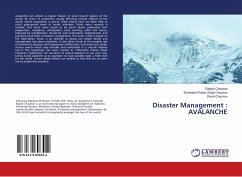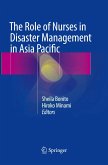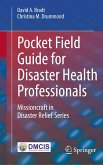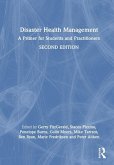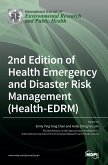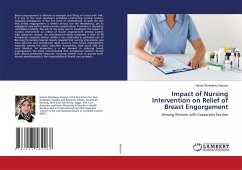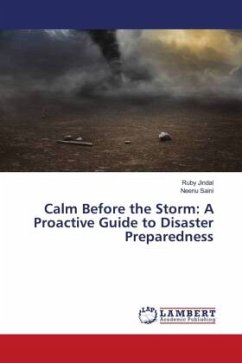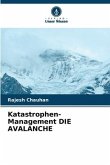Avalanches are almost a regular feature in snow bound regions of the world. By virtue of avalanches usually affecting remote regions of the world, where population is sparse, these events have not been able to catch appropriate levels of world attention. Much more research is needed, and much more needs to be learnt about avalanches. Prior preparation, avoidance, anticipation, early warning, relief and rescue, followed by rehabilitation should be well understood, implemented, and practiced at all levels of disaster management. This book, which is based on the dissertation thesis, is an attempt at giving out simple details and management tips about avalanche. It also takes a look at the possible role of barometric pressure and temperature differences, and some such similar chance events which may coincide and materialize in a natural disaster event. This hypothesis has been named as "Shivendra Pratap Singh Chauhan's hypothesis" for causation of natural disasters. In our own way, taking Zozila avalanche as an example, we have possibly made a fresh start for the world. Sincere global efforts are needed so that lives are no more lost by avalanches anymore.
Bitte wählen Sie Ihr Anliegen aus.
Rechnungen
Retourenschein anfordern
Bestellstatus
Storno

